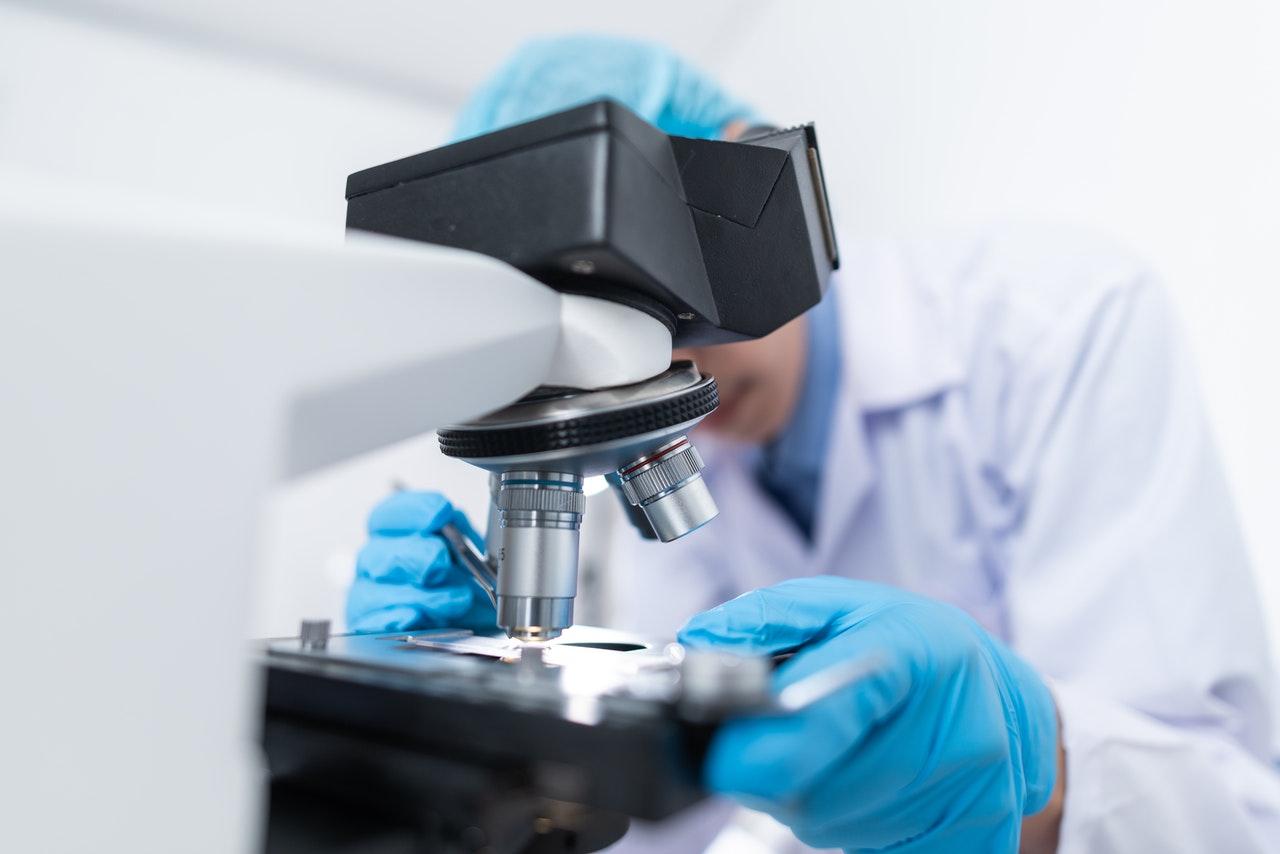Scientists create embryos combining human, monkey cells
Pigs are closer to humans than monkeys and are more likely to be used in future combination embryos for organ transplants.
Just In
For several decades scientists have been experimenting with cross-species chimeras, organisms which are composites of different animals. They have created mouse-rats, sheep-goats and chicken-quails.
Now, in a paper published in Cell, Tao Tan, a biologist at Kunming University in China, and a team of American, Chinese and Spanish researchers, report efforts to extend the principle to humans.
They have managed to create embryos that are part monkey and part human.
The researchers began with crab-eating macaque embryos. Six days after fertilisation these were injected with human stem cells, which can develop into any other cell type found in the body.
Tagging the human cells with fluorescent markers allowed the researchers to track where in the developing embryo they, and their descendants, went.
The chimera’s human cells were outnumbered in every case with a maximum of 7% of the total.
The cells were grown in a lab and the number of surviving embryos began falling almost immediately and by day 20 none was left.
But that was enough time for embryonic cells to become primed to form different organs and tissues, providing more evidence that the human cells were not merely passive, but were helping with the process of embryonic development.
The researchers hope this research will help with two goals. One is to shed light on the complicated process of embryological development, which might eventually lead to treatments for some congenital diseases without the ethical difficulties involved in experimenting on human embryos.
The other is the hope that such embryos might one day provide a source of organs to be transplanted into sick humans.
In 2017 Japanese researchers demonstrated the principle by transplanting parts of a pancreas that had grown inside a mouse-rat chimera into a diabetic mouse, curing it.
However, such research is ethically complicated. America, for instance, forbids federal funding of such work. Most of the work reported in this latest paper took place in China.
But if chimeric human organs do become a reality, the most likely donor would probably be pigs. Their organs are roughly the size of their human equivalents and using them provokes fewer moral qualms. Pigs already provide thousands of people with replacement heart valves.
For now, the advantage of working with monkeys is that they are much closer, in evolutionary terms, to humans, which may have helped smooth out any compatibility issues between the two sets of cells.
The hope is that lessons from these experiments with close cousins might allow researchers to revisit their work with more distant, porcine relatives, and get better results.
Subscribe to our newsletter
To be updated with all the latest news and analyses daily.
